Azaleas pruned in winter
Kattie123
11 years ago
Related Stories

WINTER GARDENINGPruning Secrets for Exquisite Roses
Encourage gorgeous blooms year after year with this time-tested advice on how to prune your rosebush in winter for health and shape
Full Story
GARDENING GUIDESGot Frost-Damaged Plants? How It Happens, and When and How to Prune
Crispy brown leaves are a sure sign that Jack Frost has been to your neighborhood
Full Story
DECORATING GUIDESDecorate With Winter Berries
Gather up branches with bright-red berries for instant holiday color
Full Story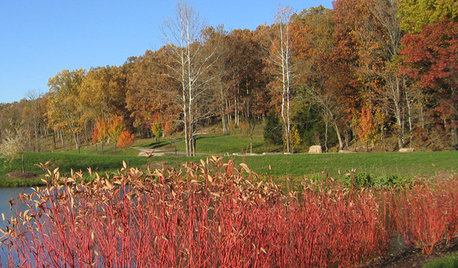
GARDENING GUIDESThese Hedges Can Add Interest to Your Winter Garden
Evergreen trees and shrubs provide structure and color in the winter months — and can attract wildlife too
Full Story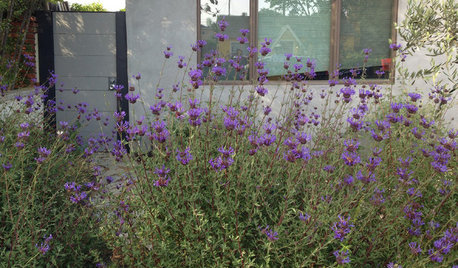
GARDENING GUIDES10 Late-Winter and Early-Spring Bloomers for the West
Tired of waiting for spring to arrive? Try these drought-tolerant, flowering plants for color that starts in late winter
Full Story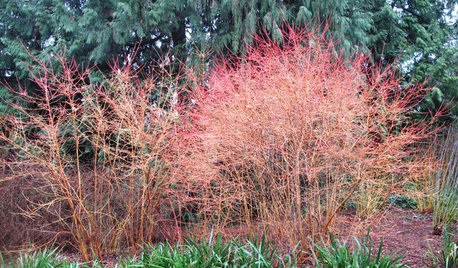
WINTER GARDENINGColor Sparks a Winter Landscape
Try these beautiful winter plants to give your garden pizzazz when most branches are bare
Full Story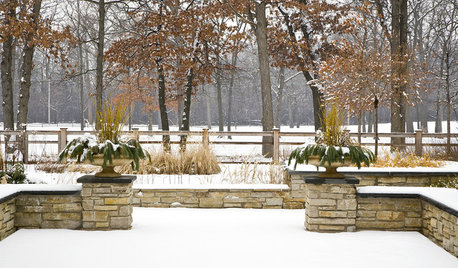
WINTER GARDENING10 Ingredients of a Beautiful Winter Garden
Winter gardens have a beauty all their own. Enjoy its bare branches, sculptural evergreens, and more
Full Story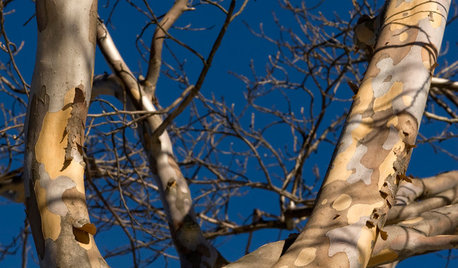
WINTER GARDENING8 Gorgeous Trees for Winter Interest in the Garden
Intriguing forms and beautiful branches take center stage when color heads back into the wings of the winter landscape
Full Story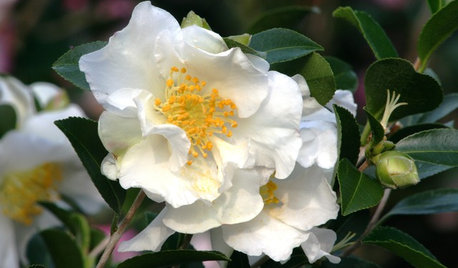
WINTER GARDENING6 Flowers for Gorgeous Winter Garden Color
Blooming beauties can be yours from January through March — just take your pick from these bulbs, shrubs and even a tree
Full Story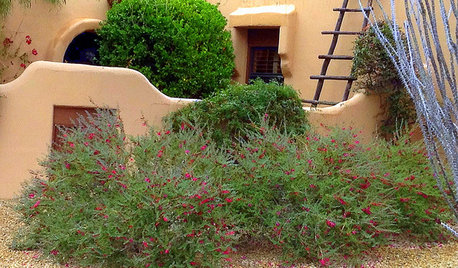
GARDENING GUIDESGreat Design Plant: Valentine Bush for Heartfelt Winter Color
Passionate red flowers from winter through spring add gorgeous color to bare Southwest landscapes
Full Story





rhodyman
Kattie123Original Author
Related Professionals
Maple Valley Landscape Architects & Landscape Designers · Rossville Landscape Architects & Landscape Designers · Salem Landscape Architects & Landscape Designers · Middletown Landscape Contractors · Edmond Landscape Contractors · Caldwell Landscape Contractors · Lancaster Landscape Contractors · Mason Landscape Contractors · Palm Beach Gardens Landscape Contractors · Pompton Lakes Landscape Contractors · Stallings Landscape Contractors · Wareham Landscape Contractors · Lauderdale Lakes Landscape Contractors · Forest Hill Landscape Contractors · Palos Heights Landscape Contractorsja-gardener
Serenity Lawn Service
Kattie123Original Author